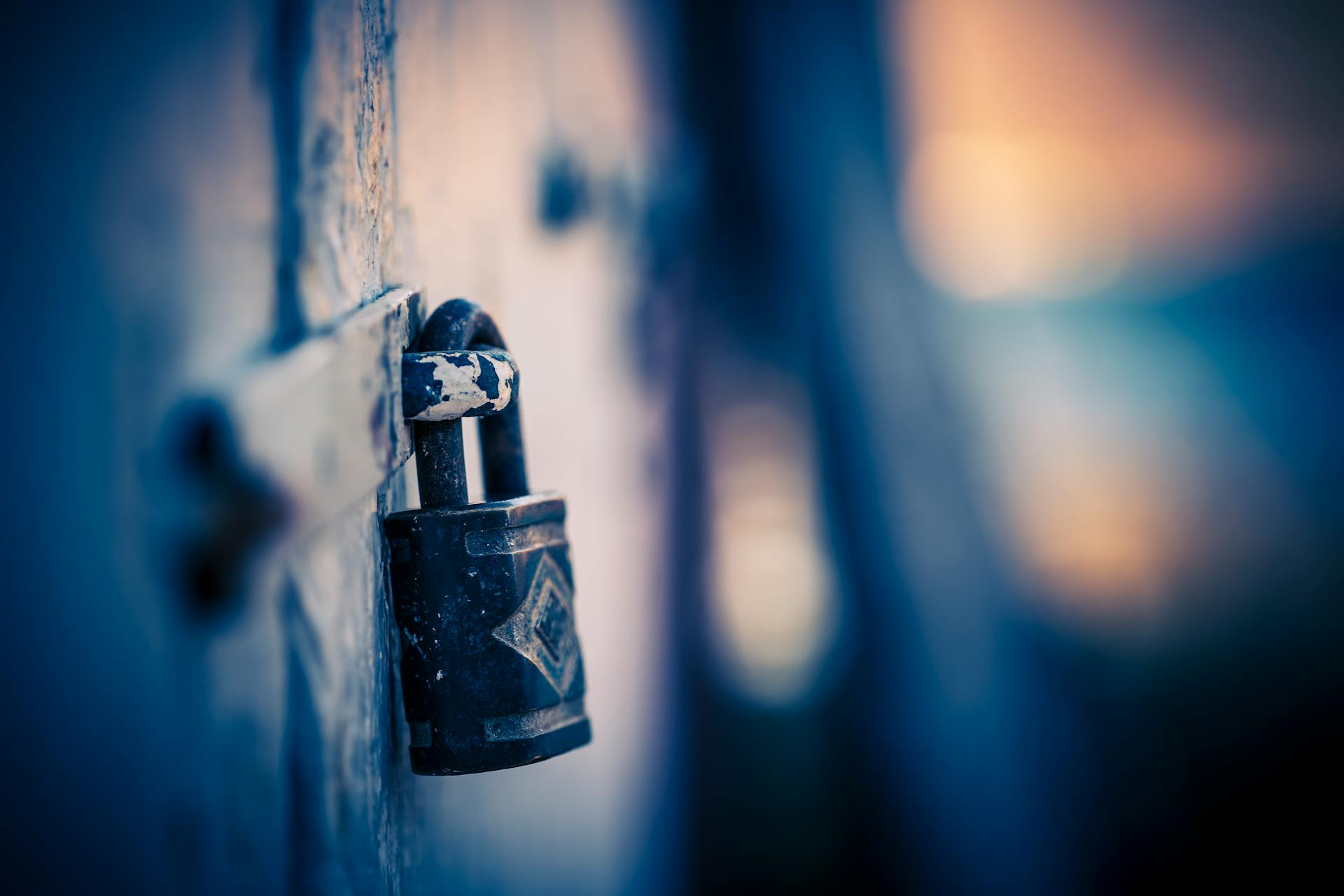WordPress powers over 40% of websites on the internet, making it a prime target for cyberattacks. Whether you’re running a small blog or a full-fledged online store, securing your WordPress site is crucial to protecting your data, reputation, and users.
In this post, we’ll cover essential steps to safeguard your WordPress site against threats and keep it running smoothly.
1. Keep Your WordPress Core, Plugins, and Themes Updated
One of the simplest but most effective security measures is ensuring your WordPress core, plugins, and themes are always updated. Outdated software often contains vulnerabilities that attackers exploit.
- Enable automatic updates for minor WordPress core releases.
- Regularly check for updates in your WordPress dashboard under Dashboard > Updates.
- Delete unused plugins and themes to reduce potential entry points.
2. Use Strong, Unique Passwords
Weak passwords are a common cause of WordPress hacks. Ensure all accounts associated with your site use strong, unique passwords.
- Use a password manager like LastPass or 1Password to generate and store complex passwords.
- Avoid common words, phrases, or predictable patterns.
- Change your passwords regularly, especially for admin accounts.
3. Limit Login Attempts
By default, WordPress allows unlimited login attempts, making your site vulnerable to brute force attacks. Limit the number of failed login attempts to block suspicious activity.
- Install a plugin like Limit Login Attempts Reloaded or Wordfence Security to restrict login attempts.
- Consider enabling CAPTCHA on your login page for added protection.
4. Implement Two-Factor Authentication (2FA)
Two-factor authentication (2FA) adds an extra layer of security by requiring a second form of verification, such as a code sent to your phone.
- Use plugins like Google Authenticator – Two Factor Authentication or WP 2FA to enable 2FA for your site.
- Apply 2FA to all user accounts with high-level access, including administrators and editors.
5. Change Your Login URL
The default WordPress login URL (yoursite.com/wp-admin) is well-known, making it an easy target for attackers. Changing this URL can reduce the risk of brute force attacks.
- Use a plugin like WPS Hide Login to customize your login URL.
- Choose a unique, hard-to-guess login slug, like
/custom-login-page.
6. Install a Security Plugin
A reliable security plugin can handle many essential tasks, including malware scanning, firewall protection, and activity monitoring.
Some top WordPress security plugins include:
- Wordfence Security
- Sucuri Security
- iThemes Security
These plugins provide real-time monitoring and alerts to keep you informed about potential threats.
7. Use HTTPS and an SSL Certificate
HTTPS encrypts data transferred between your site and its visitors, protecting sensitive information like passwords and payment details.
- Obtain an SSL certificate for your site. Most hosting providers offer free SSL certificates through Let’s Encrypt.
- Once installed, ensure all traffic is redirected to HTTPS by updating your WordPress settings or using a plugin like Really Simple SSL.
8. Regularly Back Up Your Site
Backups are your safety net if your site is compromised. Regular backups ensure you can restore your site quickly without losing critical data.
- Use backup plugins like UpdraftPlus, BackupBuddy, or Jetpack.
- Store backups offsite (e.g., on cloud storage services like Google Drive or Dropbox).
- Schedule daily or weekly backups based on your site’s activity level.
9. Set Proper User Roles and Permissions
Not everyone needs admin-level access to your WordPress site. Assign roles based on what each user needs to do.
- Use WordPress’s built-in roles (Administrator, Editor, Author, Contributor, Subscriber) wisely.
- Review user permissions regularly and revoke access for inactive users.
10. Monitor Activity Logs
Activity logs track user actions on your site, helping you identify suspicious behavior or changes.
- Plugins like Activity Log or WP Security Audit Log can help you monitor:
- Failed login attempts
- File changes
- Plugin and theme modifications
11. Harden Your wp-config.php and .htaccess Files
These core WordPress files contain sensitive information about your site. Protect them by:
- Restricting access via your
.htaccessfile:apache<Files wp-config.php>
order allow,deny
deny from all
</Files>
- Disabling directory browsing by adding the following to
.htaccess:apacheOptions -Indexes
12. Choose a Secure Hosting Provider
Your hosting provider plays a crucial role in your site’s security. Look for hosts that offer:
- Regular security updates
- Firewalls
- Malware scanning
- DDoS protection
Managed WordPress hosting providers like Kinsta, WP Engine, and SiteGround often include advanced security features as part of their plans.
13. Disable File Editing
By default, WordPress allows admins to edit theme and plugin files directly from the dashboard. Disabling this feature can prevent attackers from injecting malicious code.
Add the following line to your wp-config.php file:
define('DISALLOW_FILE_EDIT', true);
14. Scan Your Site for Malware
Regular malware scans can help detect vulnerabilities and clean up infections.
- Use security plugins like Wordfence or MalCare for automated scans.
- Perform manual scans periodically for added peace of mind.
15. Stay Informed and Vigilant
WordPress security is an ongoing process. Stay updated on the latest threats and best practices by:
- Following security blogs like Sucuri, Wordfence, or WP Tavern.
- Joining WordPress forums or communities to share and learn from other users.
Conclusion
Securing your WordPress site doesn’t have to be overwhelming. By following these steps, you can significantly reduce the risk of attacks and ensure your site remains safe and reliable. Remember, a secure website isn’t just about protecting your data—it’s about building trust with your users. Take action today and make WordPress security a priority!
